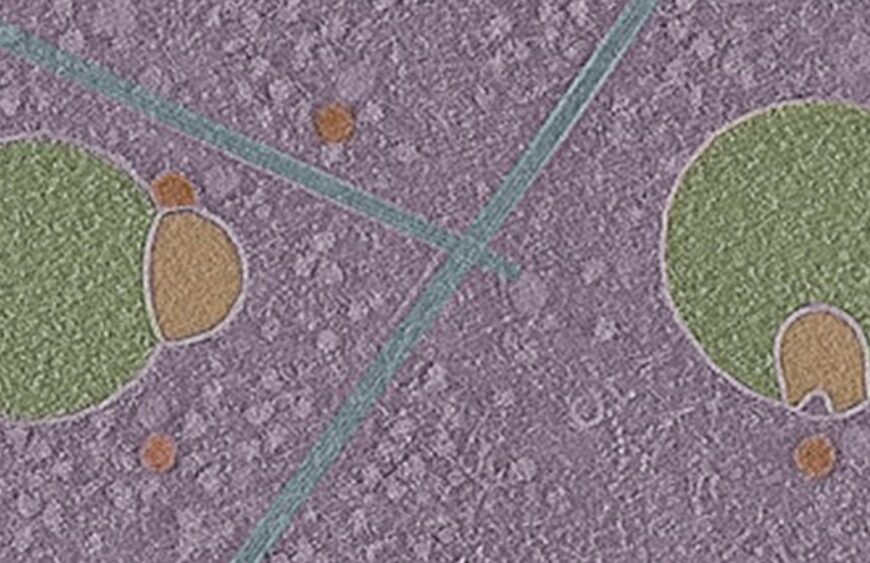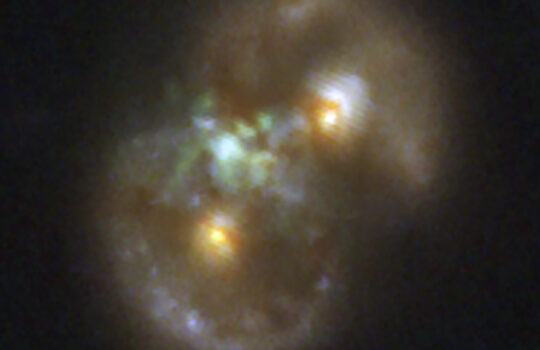Biologists Uncover Previously Unknown Structure Hiding Inside Human Cells

Even after decades of peering into cells, biologists are still finding surprises.
In a twist, researchers at the University of Virginia and the National Institutes of Health uncovered a new organelle, dubbed the hemifusome. This tiny membrane-bound structure serves as a cellular recycling center and may hold the key to treating several genetic diseases. The research has been published in Nature Communications.
“This is like discovering a new recycling center inside the cell,” co-author Seham Ebrahim, a biophysicist at the University of Virginia, said in a statement. “We think the hemifusome helps manage how cells package and process material, and when this process goes awry, it may contribute to diseases that affect many systems in the body.”
Scientists had not previously identified the structure because it only appears when needed. But thanks to cryo-electron tomography—an imaging technique that flash-freezes cells and captures them in 3D and in near-atomic resolution—researchers were able to observe the ephemeral structure.
The researchers say hemifusomes may aid in the formation of cellular vesicles, tiny sacs that shuttle and combine material throughout the cell. They might also help form other organelles composed of multiple vesicles, the study suggests. However, some evidence shows that hemifusomes do not participate in endocytosis, the traditional pathway by which cells engulf external material.
“You can think of vesicles like little delivery trucks inside the cell,” Ebrahim said in a statement. “The hemifusome is like a loading dock where they connect and transfer cargo. It’s a step in the process we didn’t know existed.”
Despite their fleeting nature, hemifusomes are not rare. They appear to be surprisingly common in certain parts of cells, particularly near the cell membrane.
Still, scientists aren’t exactly sure how or why hemifusomes form and then disappear. They’re hoping to find that out—as well as understand what happens when hemifusomes fail to function properly. Problems with how cells handle cargo are at the root of many genetic disorders.
“This is just the beginning,” Ebrahim said in a statement. “Now that we know hemifusomes exist, we can start asking how they behave in healthy cells and what happens when things go wrong. That could lead us to new strategies for treating complex genetic diseases.”
Trending Products






